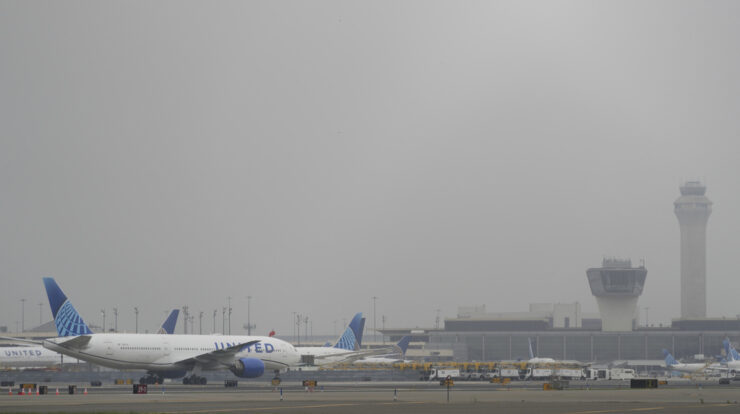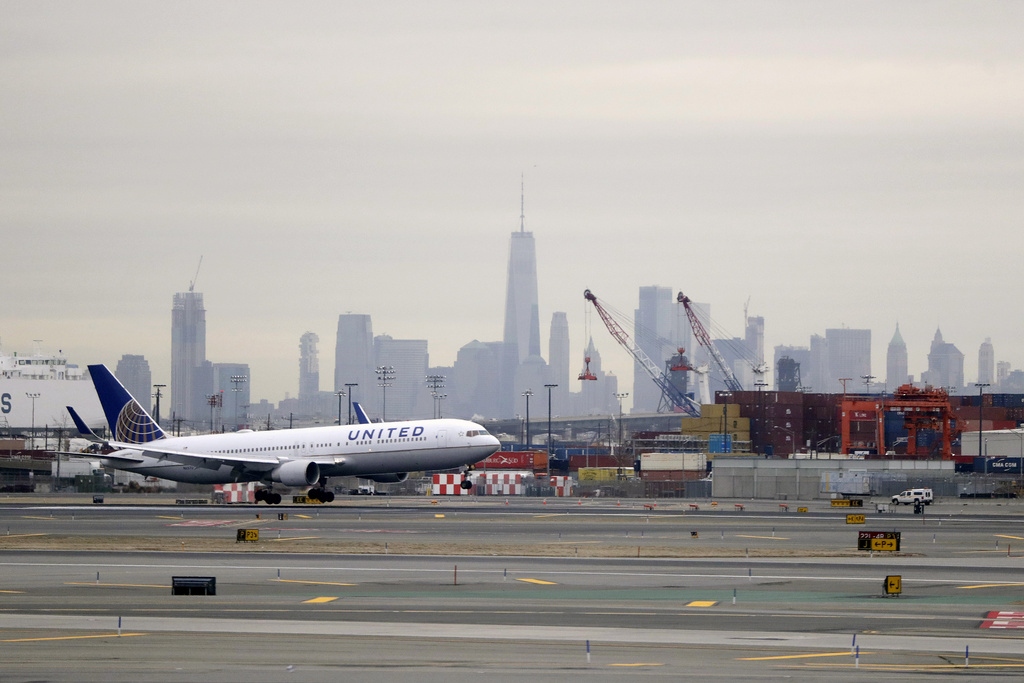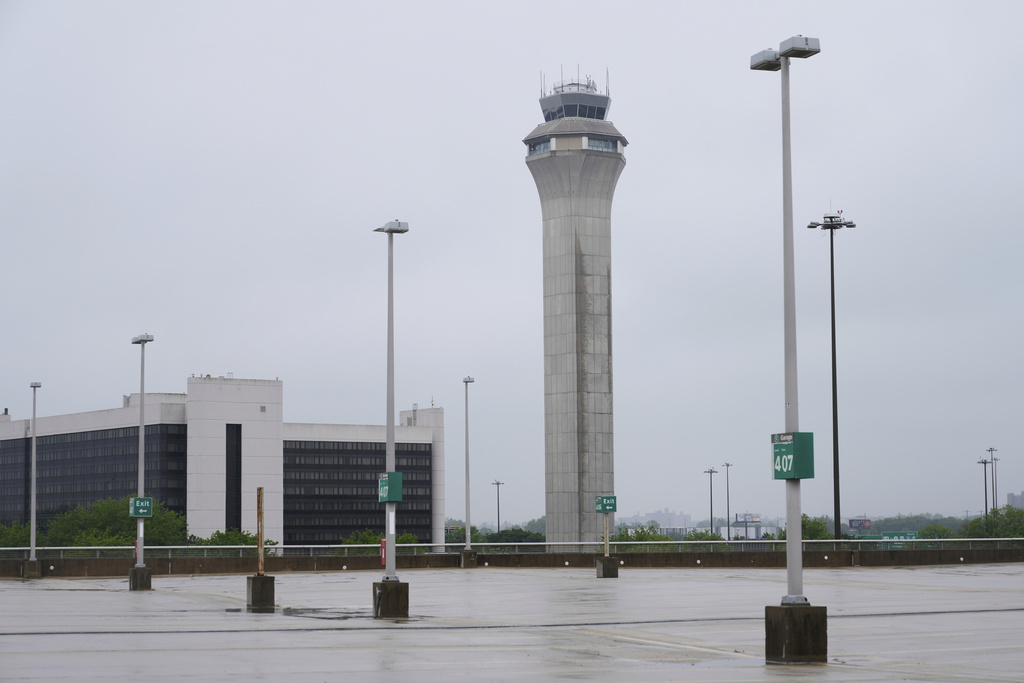
The air traffic controllers guiding aircraft into Newark Airport in New Jersey were without radar again on Friday morning, marking the second occurrence within just two weeks.
The Federal Aviation Administration stated that the radar system at the Philadelphia facility, which guides aircraft to and from Newark Airport, experienced a blackout lasting 90 seconds starting at 3:55 a.m. on Friday. This incident was akin to what had previously occurred.
April 28.
The initial radar failure resulted in numerous flight cancellations and delays at Newark Airport over the last two weeks as the FAA reduced air traffic to maintain safety. Additionally, five controllers took trauma leave following this incident, exacerbating the situation.
existing shortage.
It remains unclear whether more controllers will take leaves at this time.
The number of cancellations of Newark departures jumped from the low 40s to 57 after this latest outage to lead the nation, according to FlightAware.com. Newark ranks second in the number of cancelled arrivals with 60, but that number also increased Friday morning. Nearly 300 delays were reported at the airport. Officials said there have been more than 1,700 cancellations and delays at the airport this week.

White House Press Secretary Karoline Leavitt stated during a press conference on Friday morning that the “technical issue this morning at Newark” stemmed from the same problems encountered the previous week; however, it did not cause flight disruptions.
“Following the short service disruption, everything returned to normal operations without any effect on our processes,” Leavitt stated.
Rep. Josh Gottheimer attributed the issues affecting Newark to insufficient numbers of adequately staffed air traffic controllers and obsolete technological systems. During a press briefing on Friday, he mentioned that only around 20 controllers were actively managing operations when ideally this figure ought to reach approximately 60 individuals. Additionally, numerous connections between controllers and radars still utilize old-fashioned copper wiring which frequently malfunctions. According to him, an outage experienced on April 28 occurred due to one such faulty copper wire being damaged.

Our region serves as a vital economic lifeline for our nation. It is also among the most heavily used airspace globally, which adds significant pressure,” he noted. However, this area operates from a control tower equipped with copper wiring installed during the 1980s, utilizing obsolete and less effective systems. Additionally, the shortage of around 40 air traffic controllers poses a major issue here. As Mr. Gottheimer pointed out, the current facility dates back to what he referred to as ‘the Brady Bunch era,’ specifically constructed in 1973.
The FAA said earlier this week that it is installing new fiber optic data lines to carry the radar signal between its facilities in Philadelphia and New York. Officials said some of the lines connecting those two facilities are outdated copper wire that will be replaced. But it’s not clear how quickly those repairs can be completed.
Transportation Secretary Sean Duffy made an announcement about transportation issues.
multi-billion-dollar plan
On Thursday, they proposed implementing a new nationwide air traffic control system aimed at averting issues such as the one experienced and providing controllers with up-to-date technology. This initiative involves setting up 4,600 advanced high-speed links along with swapping out 618 radar units throughout the nation.
Officials created the plan to enhance the system following an
deadly midair collision
In January, a collision occurred between a passenger jet and an Army helicopter above Washington, D.C., resulting in 67 fatalities in the airspace over the city.
Several other crashes
This year also exerted pressure on officials to take action.
However, the deficiencies within the air traffic control system have long been recognized. The National Transportation Safety Board hasn’t concluded that an issue with the air traffic control system led to the accident near Reagan National Airport.







